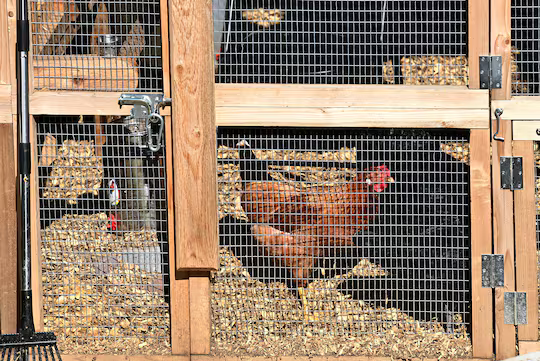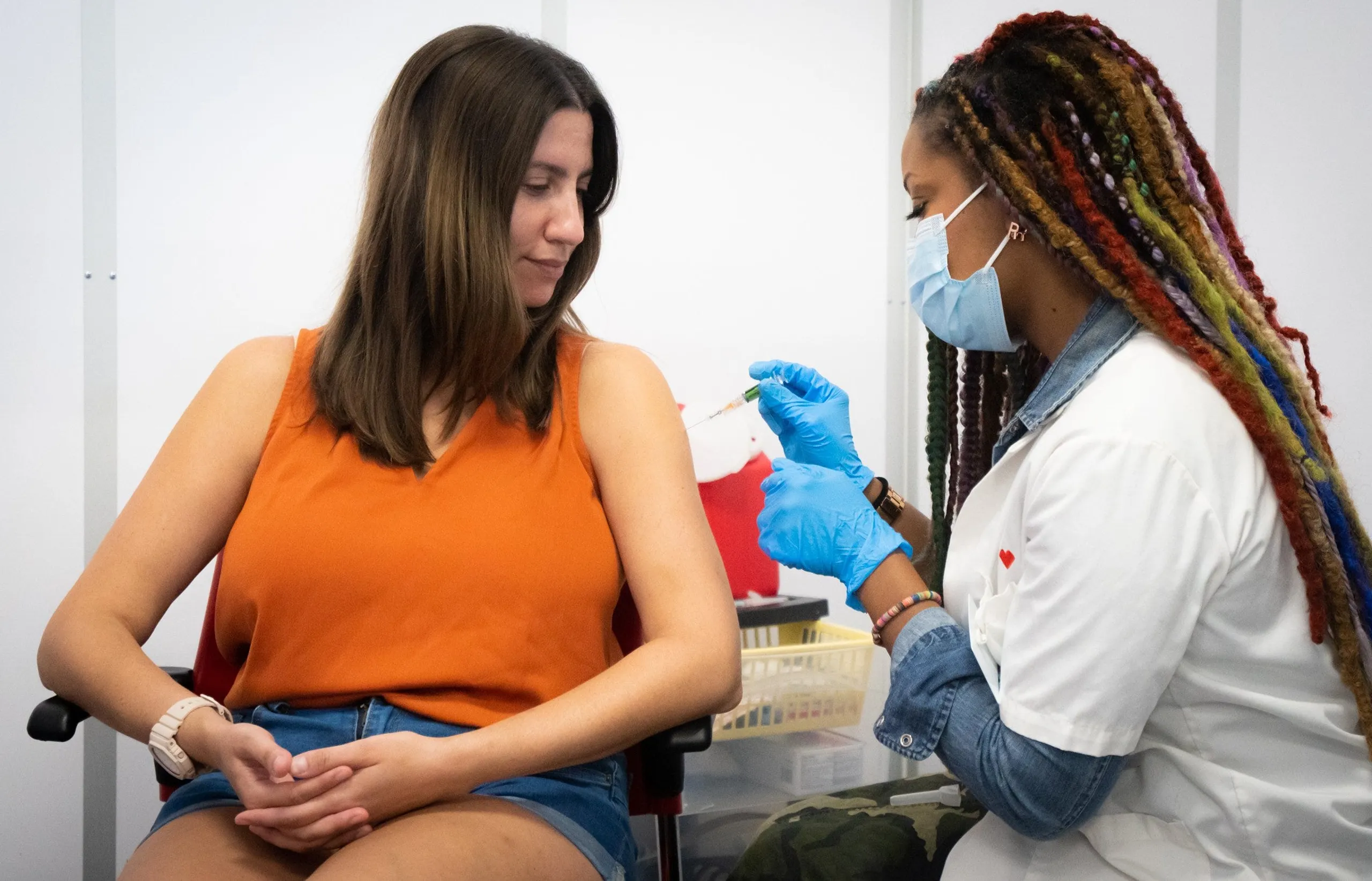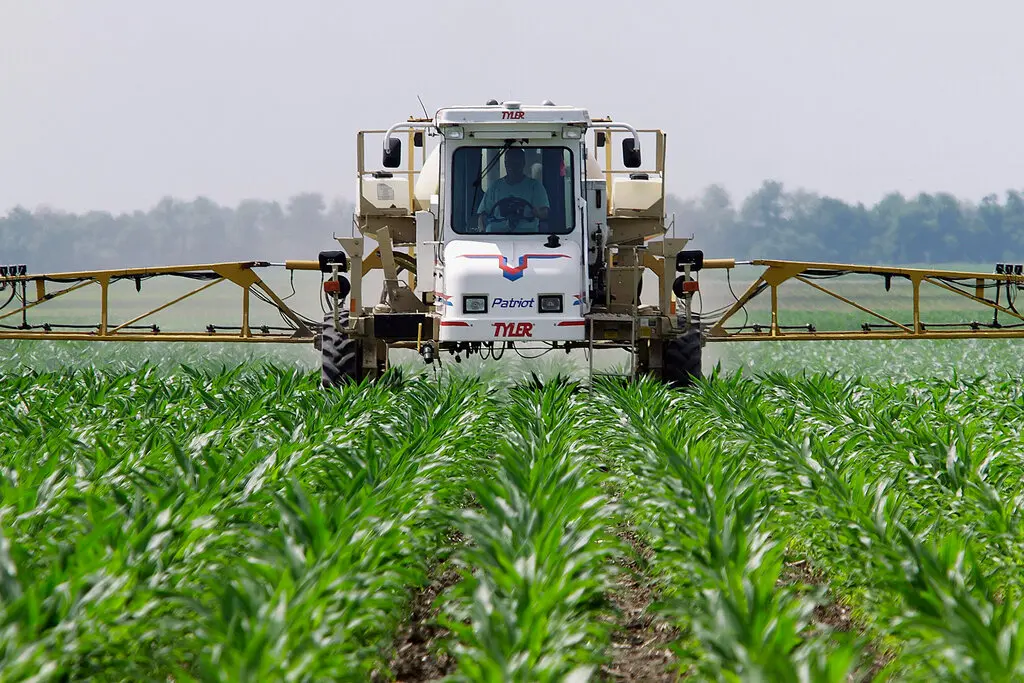Backyard Chicken Owners on Alert as Bird Flu Concerns Grow

As the avian flu outbreak continues to spread, small-scale chicken owners and backyard flock enthusiasts are growing increasingly anxious about the potential impact on their birds, the Washington Post reports.
Experts warn that the situation could worsen in the spring as migratory birds return, yet high egg prices are simultaneously encouraging more people to start raising chickens at home.
For Kimberly Henny, who runs a small “hobby” farm in Wheaton, Illinois, selling fresh eggs is a key part of her family’s income. However, she is now on high alert for signs of bird flu, particularly from migratory birds like Canadian geese that frequent the golf course next to her property.
“It’s terrifying. Eggs are our number-one business,” Henny said. “But we also have two little kids; we live here on the farm and we also don’t want to get sick.”
The highly pathogenic avian influenza (HPAI) has affected over 1,550 commercial and backyard flocks in the US since it was first detected in poultry two years ago. In just the past month, nearly 160 new cases have been reported, according to the USDA’s Animal and Plant Health Inspection Service. While the Centers for Disease Control and Prevention (CDC) considers the disease low-risk for humans, a Louisiana man with underlying health conditions recently became the first known human fatality from the outbreak.
The H5 variant of avian influenza has been a global concern since it was first identified in 1997. The virus spreads through respiratory droplets, saliva, and feces, making it easy to transmit in backyard and commercial settings. Poultry virologist Carol Cardona from the University of Minnesota warns that as the weather warms, the risk will only increase as chickens spend more time outside, and wild birds travel through migratory flyways.
“[Avian flu] can kill chickens within two days — it’s rapid,” Cardona said. “If there’s no biosecurity in place, the rest of the birds will die a painful death within the next week.”
Henny has taken extra precautions to protect her flock of more than 30 chickens, such as sanitizing boots, washing trucks, and ensuring visitors wash their hands before and after handling the birds. While keeping chickens indoors could reduce the risk of infection from wild birds, she acknowledges that free-ranging is essential for their well-being.
“They need to roam,” Henny said. “They can’t be cooped up all the time. They’re almost like children — they’ll peck at each other, which creates its own problems.”
For some backyard chicken owners, the threat of bird flu is deeply concerning. Libby Durley, who has kept a small flock in her Chicago backyard for three years, is committed to keeping her birds safe. She has redesigned her feeder to prevent wild birds from accessing food and regularly cleans her water sources to avoid contamination.
“The [bird flu] symptoms they tell you to look out for, like less egg production or runny droppings, sometimes just happen naturally,” Durley said. “It can send you spiraling if you look at the symptoms list.”
However, not all backyard chicken keepers share the same level of concern. In online poultry enthusiast groups, some dismiss the warnings as government overreach.
“You see some people post asking what precautions others are taking, and 50 people respond saying [bird flu] is made up and that the government is out to get you,” Durley said.
With egg prices remaining high, more people are turning to backyard chicken keeping, but experts worry that many newcomers underestimate the responsibility involved. Animal welfare advocate Julia Magnus warns that a surge in backyard flocks could lead to more bird flu cases and an increase in abandoned chickens.
“When COVID hit, a lot of people got backyard chickens because they thought it was a great idea. And when they got bored of it, we had a huge influx of surrenders,” Magnus said. “For compassionate caregivers — people that have chickens as companions, not just for eggs — this is a 10-alarm fire.”
Shelters and animal sanctuaries already struggle with overcrowding, and under USDA policies, infected flocks are usually culled to prevent further spread.
Alex Burssens, co-owner of Red Barn Feed and Supply in Florida, has noticed a sharp rise in demand for chicks, selling between 200 to 300 per week—far more than in previous years. However, he warns that new chicken owners should be aware that raising hens is not a cheap alternative to buying eggs.
“Raising chickens is a wonderful hobby, but they require — and deserve — care. They’re not a machine that you put in your backyard and say, ‘Now produce eggs,’” said Cardona, the poultry virologist.
In fact, many backyard chicken owners spend more on feed, coop maintenance, and biosecurity than they would on store-bought eggs.
As the bird flu outbreak continues, experienced and new chicken keepers alike must navigate the risks and responsibilities of poultry care. Those committed to biosecurity and long-term flock management may be able to weather the outbreak, but others may find themselves unprepared for the challenges ahead.
“Almost everything wants to eat a chicken,” Durley said. “And if it’s not a predator, it’s a virus.”







